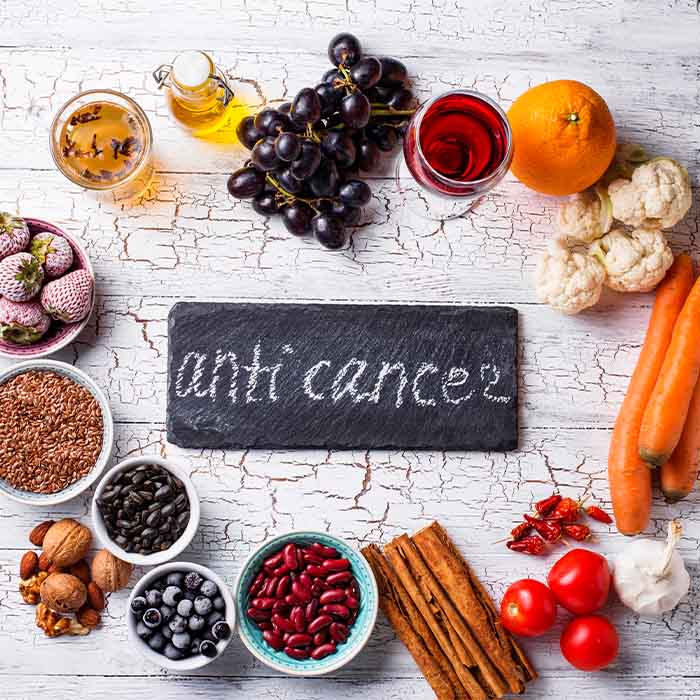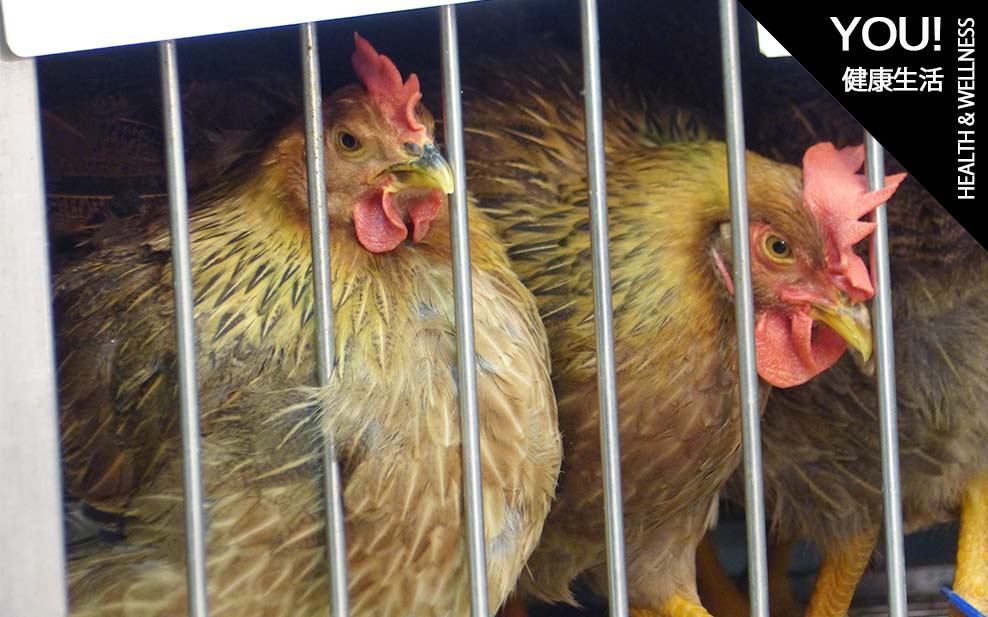
Tainted Meat: How Animal Agriculture is Making us Sick
The COVID-19 pandemic has fueled increased scrutiny of wild meat markets, like the one in Wuhan where the disease is thought to have originated. Given the dirty, crowded conditions and poor veterinary controls of many such markets, it is not difficult or that uncommon for viruses to mutate and jump from wildlife to humans, as previous epidemics like HIV, Ebola and SARS show. As the world reels from the devastation caused by COVID-19, there have been growing calls to shut down or more heavily regulate wildlife markets.
But while it’s easy to blame those who eat pangolins for this pandemic, there’s an uncomfortable truth that most of us in industrialised countries seem to be conveniently ignoring. And that is how our own equally unhygienic meat industry could already be kickstarting the next one.
Industrial Infection
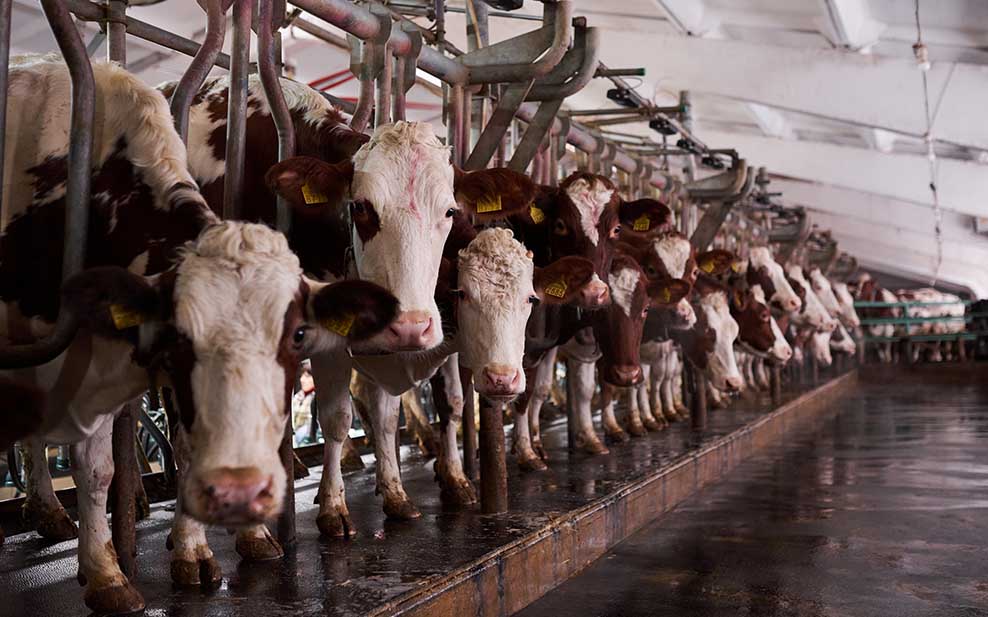
Today, 90% of global meat production is produced through factory farming, in which hundreds or thousands of animals are artificially raised in small indoor facilities. Stressed from overcrowding, starved of fresh air and sunlight and standing in their own waste, their immune systems quickly start to break down and diseases spread like wildfire –worsened by intense selective breeding removing the genetic variation needed to resist them.
Under these conditions, new strains of disease can easily evolve, even to the point of jumping the species barrier to humans. Since 1983, poultry factory farming has been linked to the evolution of a whopping 127 strains of avian influenza and over 50% of infectious diseases that have emerged since the 1940s have been linked to animal agriculture. Although farms attempt to combat this through heavy antibiotic use, this actually worsens things in the long term by causing the evolution of antibiotic-resistant pathogens.
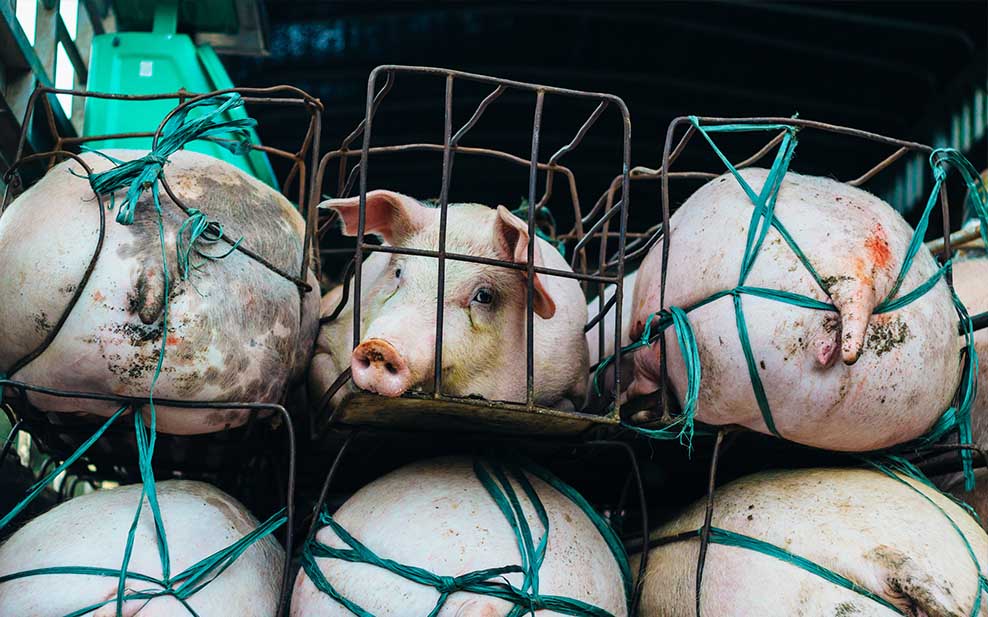
Overseas shipping of factory-farmed animals provides diseases with an excellent conduit to rapidly spread all over the world and mutate along the way, as animals are typically shipped alive and in similar conditions to those in which they are raised. Worse, it allows for pathogens that would otherwise remain geographically isolated to mix and potentially produce even more virulent strains.
Free Range Fever
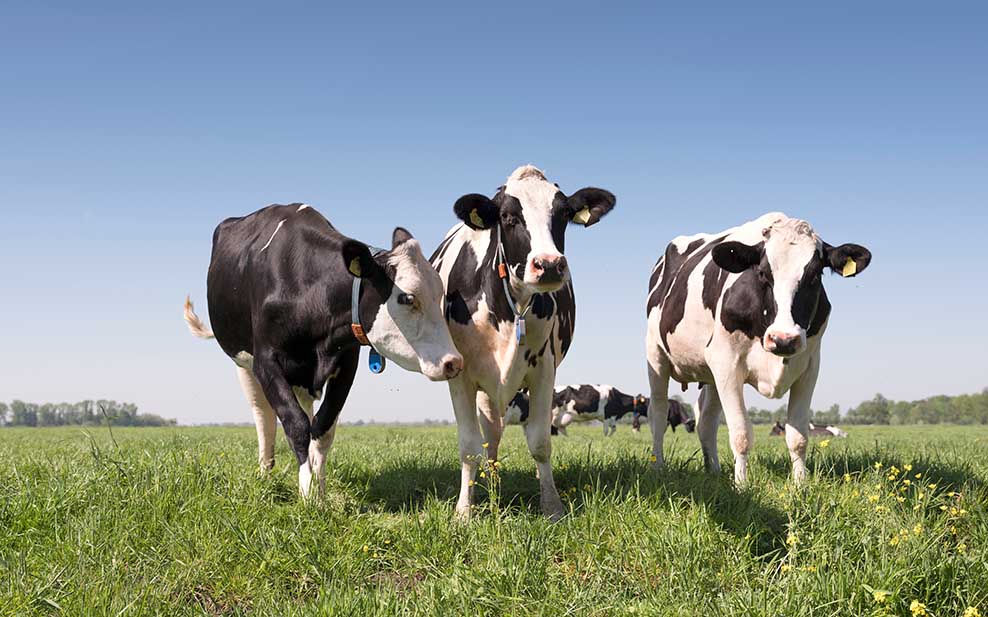
At first glance, free-range farming might seem a silver bullet to the health problems of mainstream animal agriculture. After all, free-range animals aren’t so crowded together due to having more space, receive less antibiotic treatment and generally live healthier lives.
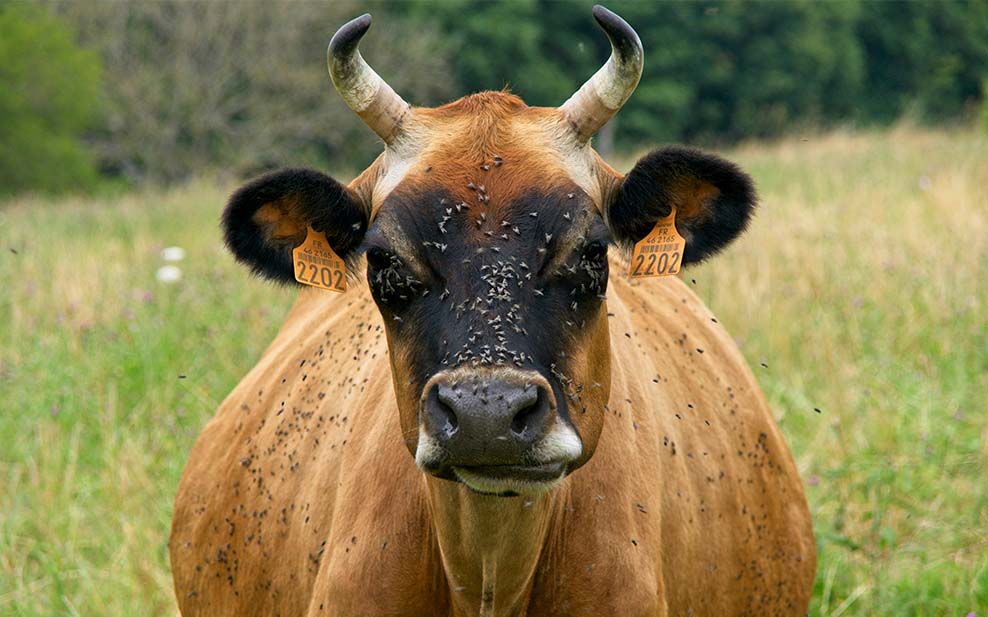
But while less overtly unhygienic than factory farming, free-range farming still carries its own risks. Being raised outside, free-range animals are more likely to come into contact with disease vectors like wildlife, insects and parasites. In fact, a Dutch study found that the prevalence of parasitic infections was higher in free-range pigs than in factory farmed ones. Reduced antibiotic use can potentially also increase the risk of infection, although this depends on the quality of preventative care that animals receive.
Someone Died for that Burger
Given that many of us have likely never experienced the health costs of modern meat production, or known somebody who has, it’s easy to assume that they must not be very great. But the actual numbers paint a much starker story.
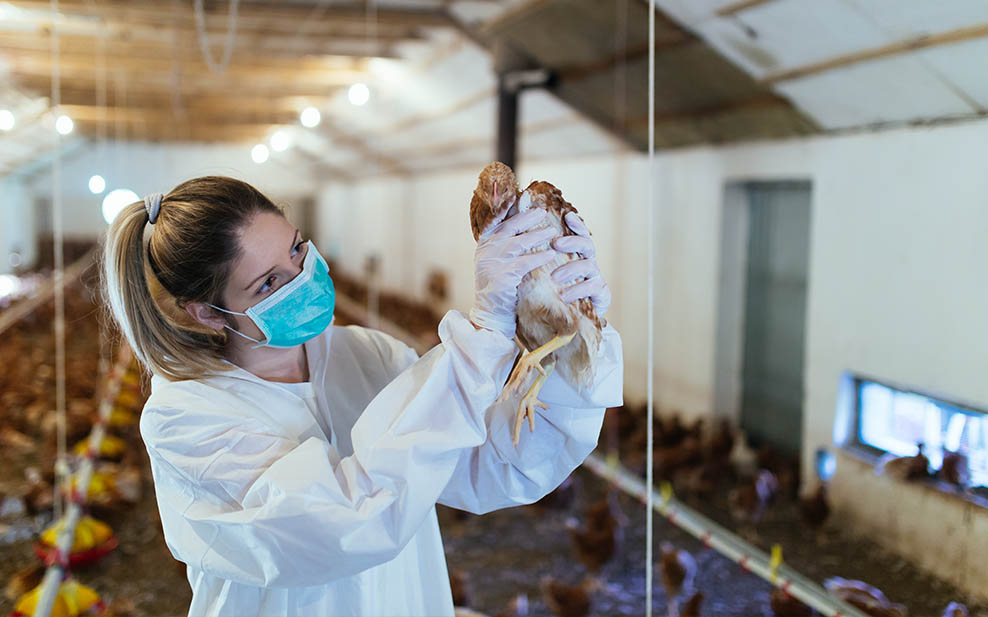
The most vulnerable people are of course the workers on factory farms, who are in constant close proximity to the filthy conditions and disease-ridden animals. Even if they escape infection by a mutant pathogen, harmful gases released by decomposing manure can have severe, even irreversible effects like lung damage, seizures and comas. Small wonder that there were 20.2 deaths per 100,000 farm workers in the USA in 2012 and that 70% of pig farm workers experience respiratory illnesses. Nearby communities also suffer from pollution of water supplies by animal waste, or from airborne pathogens escaping from farms via ventilation systems, which cause over 12,000 air-quality related deaths per year in the USA.
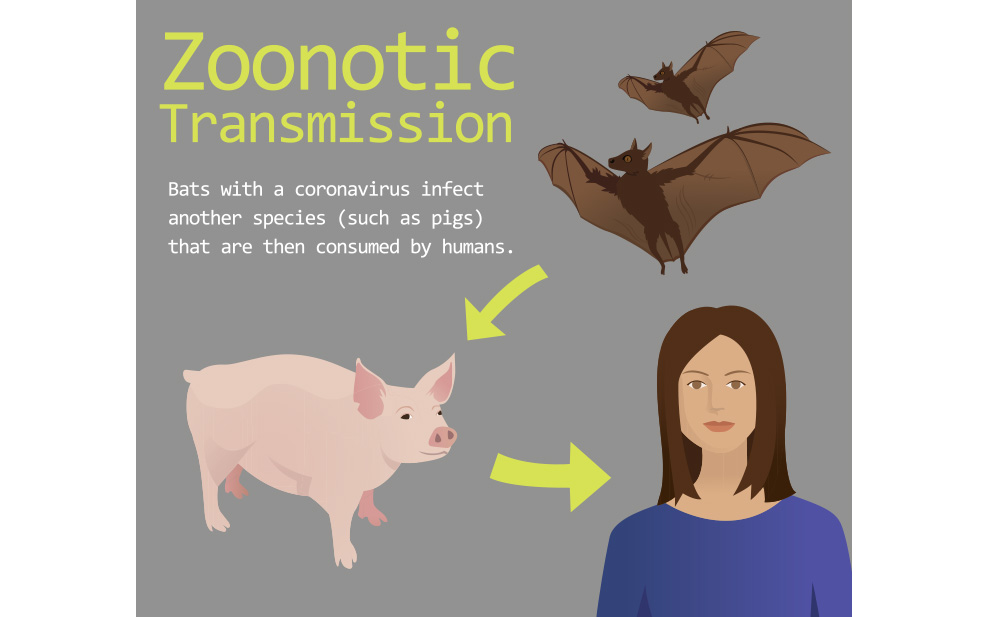
Non-factory farming has also produced its share of deadly diseases, such as Nipah virus, which originated in Malaysian fruit bats and jumped to pigs and then humans. Since the first outbreak in 1999, it has re-emerged almost annually throughout Asia (particularly in India and Bangladesh), killing 40%-70% of infected patients.
But most dangerous of all is the evolution of antibiotic-resistant diseases. Almost 75% of the world’s antibiotics are currently used on farm animals, setting up the evolution of pathogens that cannot be treated by most medicines. If any of these pathogens also evolve human-to-human transmissibility, the results will be catastrophic. Already, at least 700,000 people die from such diseases per year and according to a devastating 2019 report, without action to curb factory farming, this number could rise to 10 million by 2050.
Treating the Sickness
It’s easy to simply prescribe absolute veganism on a global scale as the preventative cure for farming-related diseases. But in a world where meat-eating is so deeply central to the cultures and even personal identities of so many, it’s just not realistic (nor likely to be productive) to try to force that on people.
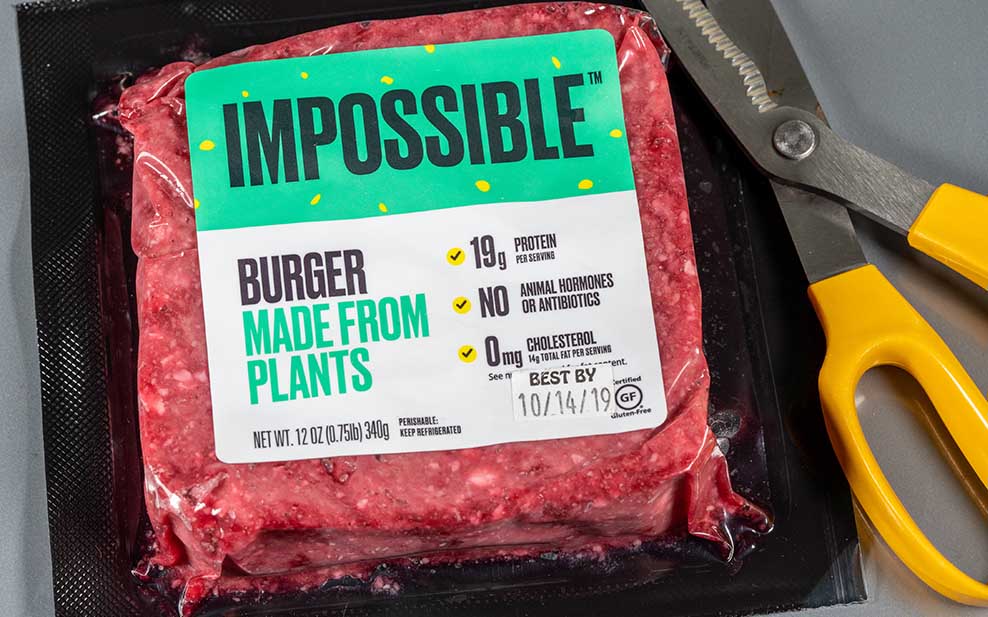
Instead, the more effective approach may be to promote a flexitarian diet, in which people are encouraged to eat more plant-based foods, while still having the option of a reduced meat intake. The switch to a more plant-heavy diet could also be aided through tasty incentives like plant-based meats. Impossible burger anyone?
Written exclusively for WELL, Magazine Asia by Thomas Gomersall

Thank you for reading this article from WELL, Magazine Asia. #LifeUnfiltered.
Connect with us on social for daily news, competitions, and more.
